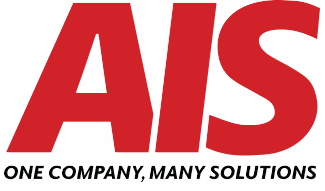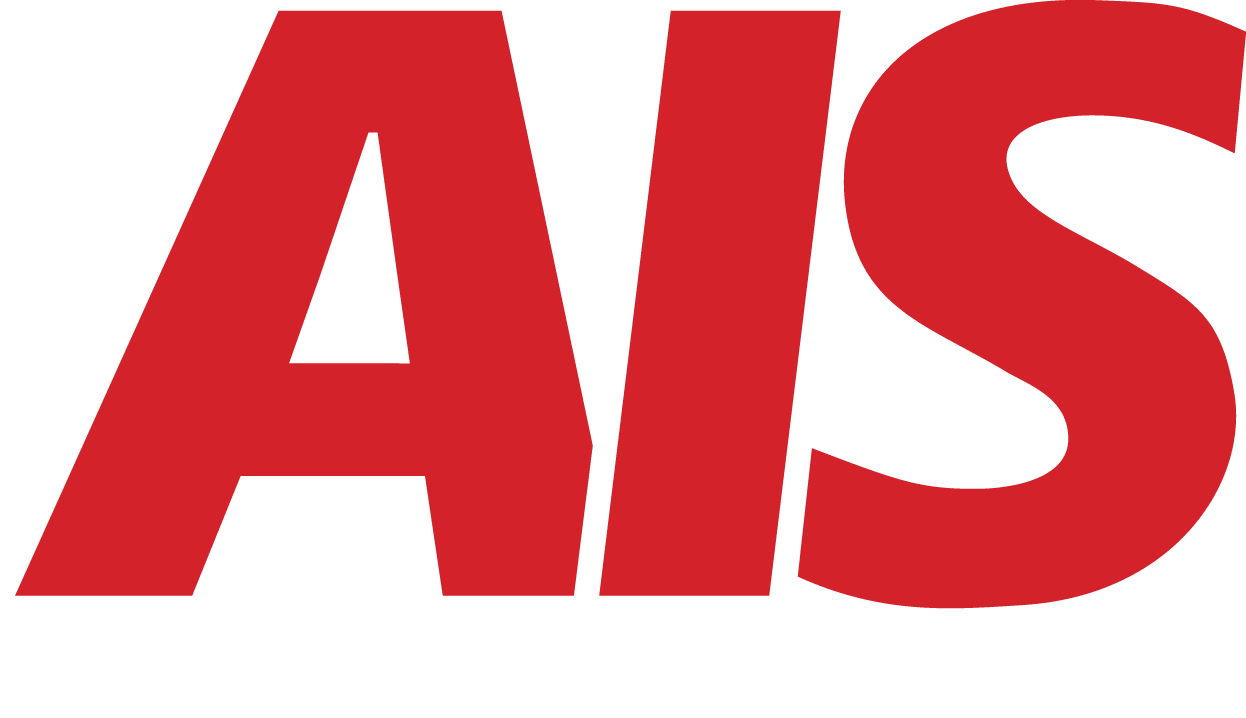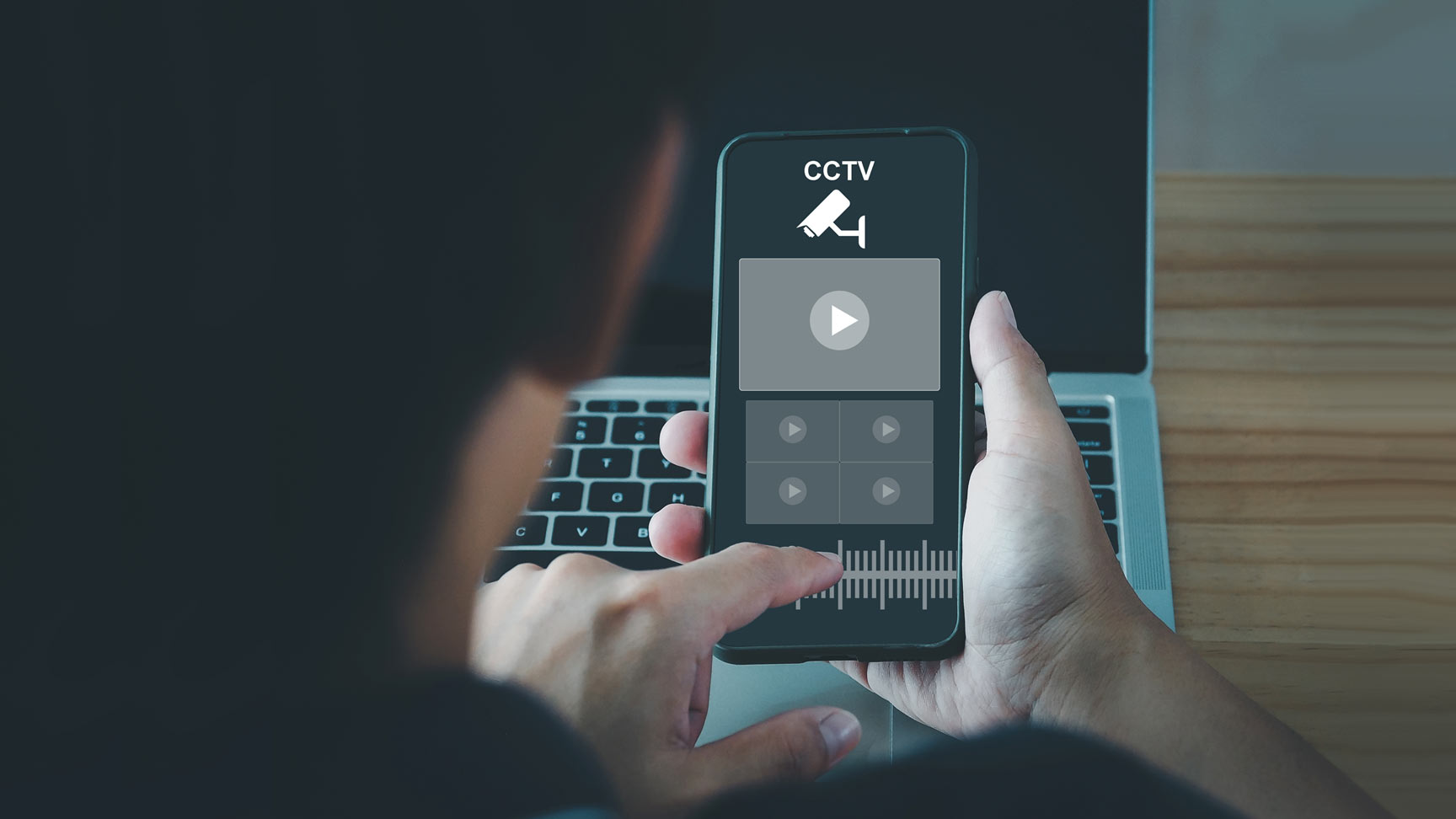Access Control Systems
Access control systems control who gets in and out of your premises and when. They're no longer limited to keycards and passwords.
Definition and Functionality: Access Control Systems
Access control systems are at the core of modern security strategies, encompassing more than mere entry regulation. Using advanced technologies, these systems safeguard against external intruders and enable nuanced management of access within an organization.
Biometrics enhances security through personalized identification, utilizing unique physical characteristics such as fingerprints or facial recognition for access control. This method heightens security by being difficult to duplicate or forge and adds a robust layer of protection.
Beyond its security advantages, biometrics is often quicker and more user-friendly than traditional methods like keys or cards, making it a preferred choice for many organizations seeking an efficient and reliable access control solution.
Mobile credentials harness smartphone integration, allowing employees to use their smartphones as access credentials, transforming personal devices into secure keys.
This technology adds a level of control through remote management. Administrators can grant or revoke access remotely, providing a streamlined, modern solution that blends accessibility with security, aligning with the demands of today's fast-paced business environments.
Multi-factor authentication strengthens security by requiring multiple forms of verification, such as something you know (a password), have (a mobile device), or are (a fingerprint), before granting access.
This layered approach makes it more challenging for intruders to gain entry and also acts as a robust prevention method against unauthorized access.
Its flexible implementation sets Multi-Factor Authentication apart. It allows it to be tailored to specific security needs and risk levels, providing a customized and resilient security solution for various scenarios.
It's not just about keeping intruders out; it's about managing access within the organization, allowing for:
Controlled Access to Sensitive Areas: This involves limiting access to specific rooms or floors based on job roles or security levels.
Monitoring and Tracking: Recording who has accessed different parts of the building and when providing valuable insights and accountability.
Integration with Other Systems: Working seamlessly with security cameras and alarms for a comprehensive security approach.
Access control systems are dynamic and adaptable, reflecting today's business environments' diverse needs and complexities. From small businesses to large corporations, these systems offer scalable solutions that enhance security and empower organizations to manage and monitor access with precision and efficiency.
Benefits for Different Business Sizes
Access control systems offer benefits tailored to various business sizes. Small Businesses can enjoy customizable and cost-effective solutions that fit their unique needs and budget constraints.
Medium Businesses benefit from scalable options that provide more features, aligning with their growing requirements.
For Large Enterprises, advanced systems that integrate with other security layers offer a comprehensive, interconnected security solution.
These differing benefits underscore the adaptability of access control systems, providing the right fit and function for businesses at every stage of growth and complexity.
Implementing Security Cameras: Choosing the Right Products
Selecting the right security cameras for your office isn't just a technological choice; it's a strategic decision that impacts your overall security framework.
Factors to Consider:
Purpose: What are the primary needs for your cameras?
Location: Where will the cameras be placed?
Technology: What features are essential for your business?
Budget: Balancing quality and affordability.
Industry experts recommend a thoughtful approach to selecting security cameras. Seeking professional consultation provides tailored insights while testing different camera models to ensure the right fit for specific needs.
Future scalability should be considered to allow for growth or changes, and alignment with compliance and regulations guarantees that the chosen solution adheres to legal and industry standards.
These professional guidelines enhance security and ensure a long-term, adaptable investment in safeguarding your business.
Installation and Maintenance
Properly installing and maintaining security cameras is crucial for their efficiency and longevity.
Properly installing security cameras begins with determining the optimal locations, focusing on strategically significant areas that require constant surveillance.
Following the manufacturer's guidelines is essential to leveraging the camera's full potential and maintaining the warranty. Careful attention must be paid to the cabling and power supply, ensuring they meet the system's requirements and adhere to local building codes.
Lastly, thoroughly testing the system is crucial to verify that everything functions correctly and efficiently.
Maintaining and updating security cameras is vital to ensuring optimal performance. Regular cleaning and physical inspection help detect and rectify wear and tear.
Staying current with firmware and software updates ensures the system benefits from the latest security enhancements. Monitoring system performance aids in identifying any issues early while maintaining proper documentation and compliance with relevant regulations. It ensures that the system continues to align with legal and operational standards.
Selecting an Access Control System
When choosing the right access control system, one size doesn't fit all. It's about understanding your needs and finding a solution tailored to your business.
Various Types and Features: Access control systems come in various types and features to suit different needs. Key cards and fobs are traditional but practical, offering simple access.
Biometric systems elevate security by utilizing unique identifiers like fingerprints or facial recognition. Mobile access control adds convenience by enabling smartphone control, reflecting the modern digital landscape. Hybrid systems combine multiple methods, providing a versatile solution tailored to specific needs.
These diverse options allow businesses to create a customized access control strategy that aligns with their unique requirements and security challenges.
Customizing for Business Needs: Customizing access control systems is a nuanced process that must align with specific business needs. It starts with determining the level of security needed, factoring in the organization's risks and assets.
Consideration of employee access requirements ensures the system is secure and user-friendly. Scalability is a crucial factor, allowing for adjustments in line with future growth or changes within the business.
Finally, aligning with compliance standards guarantees the system meets legal and industry requirements. By thoughtfully addressing these aspects, a business can create a tailored access control system that provides adequate security while fitting seamlessly into its operational landscape.
Integrating with Other Security Measures
An access control system is powerful, but when integrated with other security measures, it becomes vital to a comprehensive security strategy.
Access control systems offer a synergistic approach by integrating other security measures. They can seamlessly connect with security cameras, allowing for visual verification and more comprehensive monitoring.
By linking with alarm systems, they add an extra layer of protection that can act swiftly in an emergency. They can also be combined with visitor management systems, streamlining the tracking and controlling of guest access.
The Role of Security Cameras and Access Control Systems: Your Next Step
Exploring the landscape of office security underscores the undeniable importance of two fundamental components: security cameras and access control systems. Together, they form the backbone of a secure environment, safeguarding not just physical assets but also the integrity and reputation of your business.
In a time of unprecedented technological advancement, understanding these elements isn't merely a matter of staying current. It's about anticipating the future, recognizing vulnerabilities, and taking proactive steps to ensure the safety of your business in various vertical markets like education, legal, and healthcare.
Whether you're a small business just starting to explore the world of office security or a large corporation seeking to enhance your existing measures, consulting with an industry-knowledgeable professional is invaluable.
Take a look at our article, "Security Cameras and Access Control: Five Warning Signs Your Building Isn’t Secure," to learn more about security cameras and access control systems.




